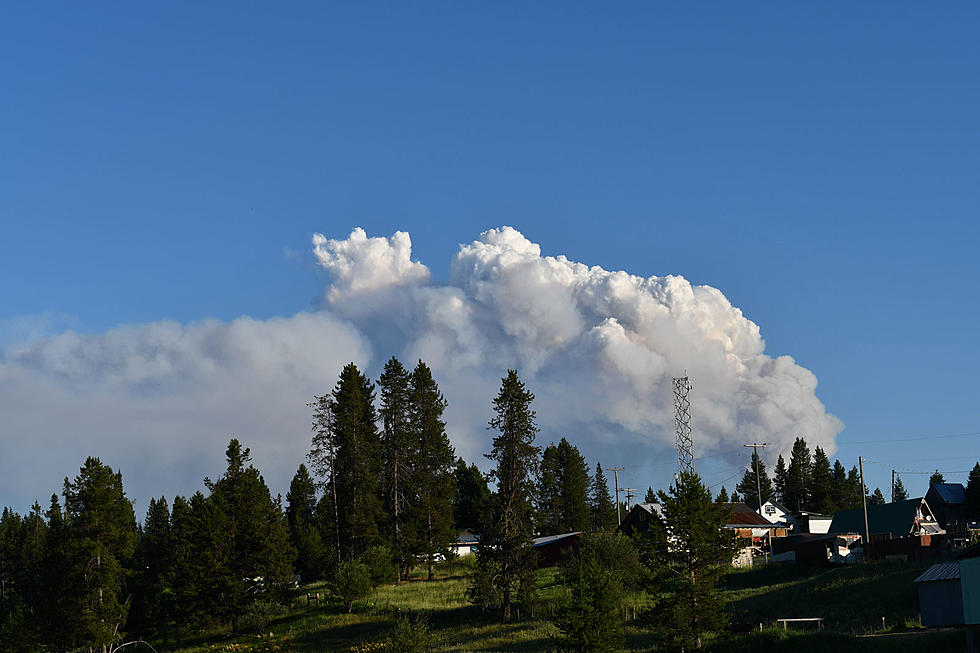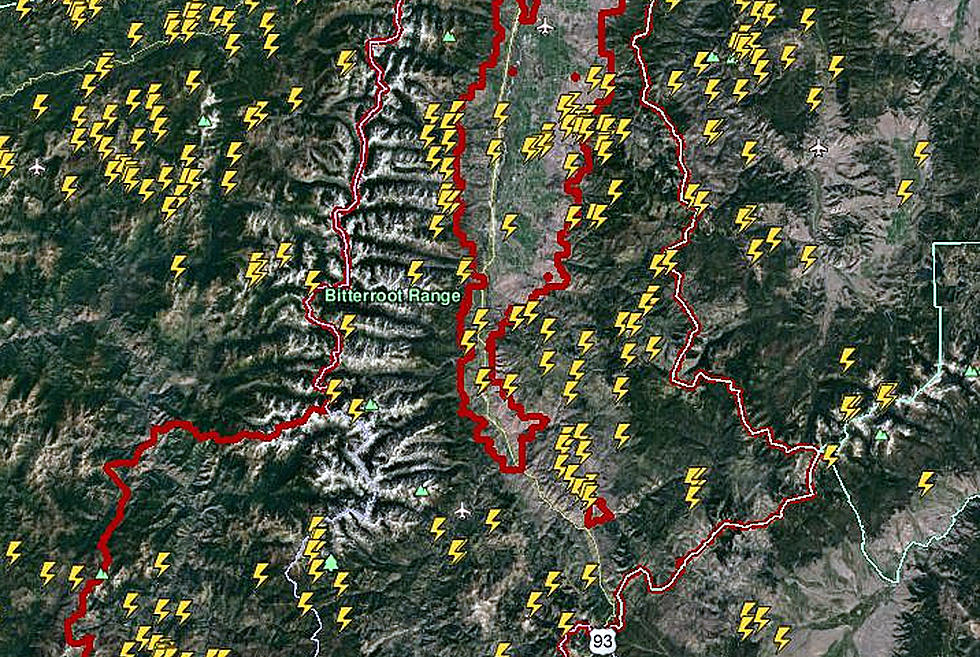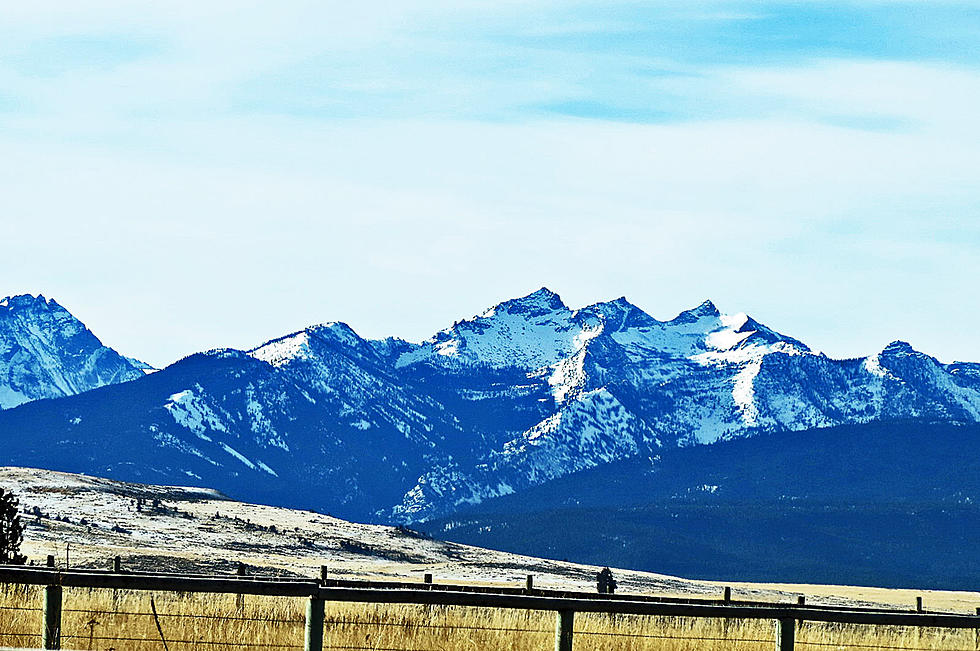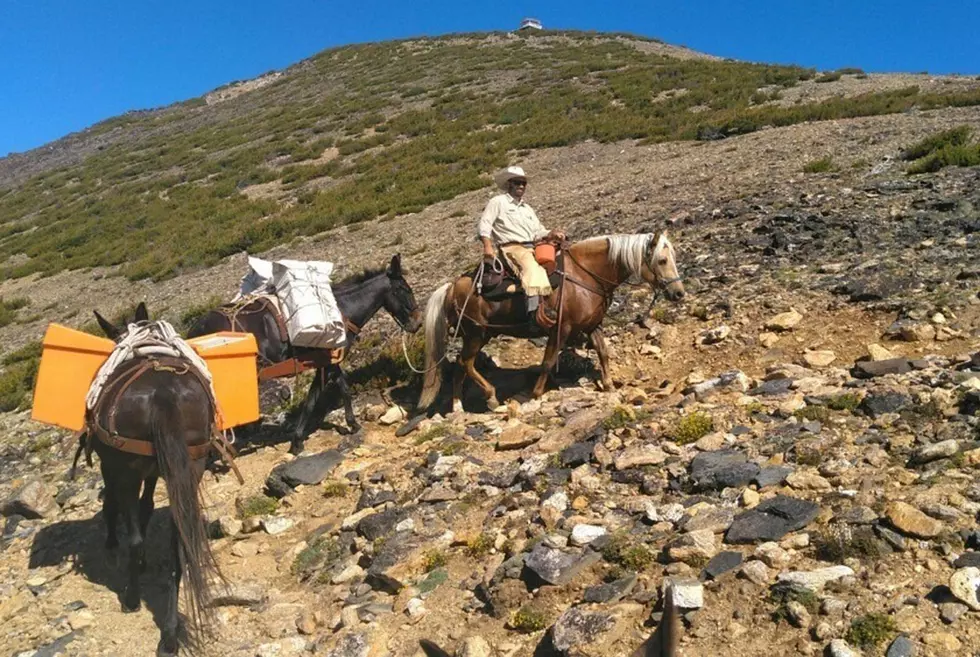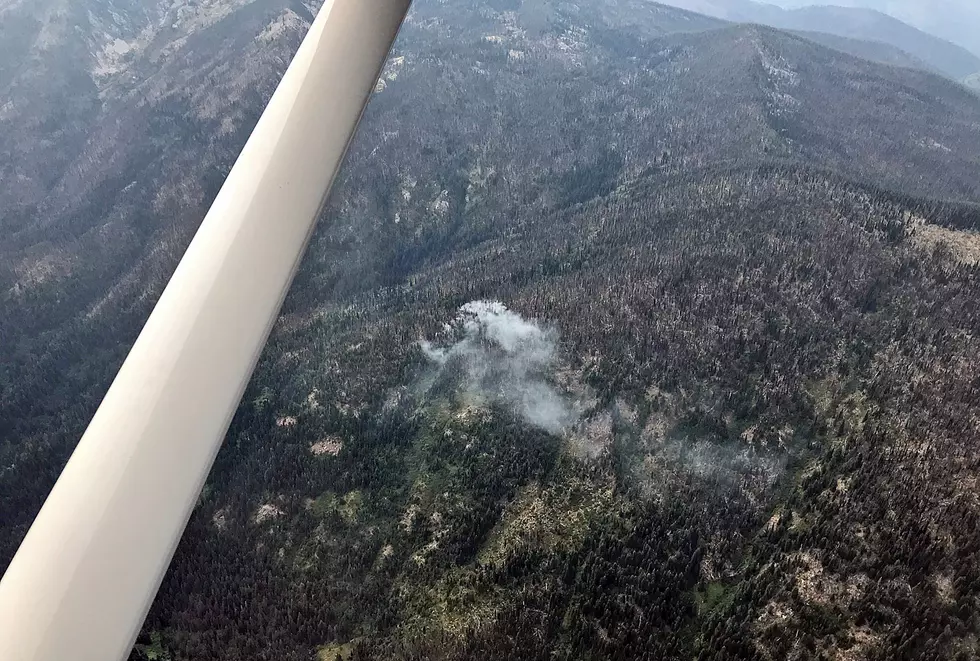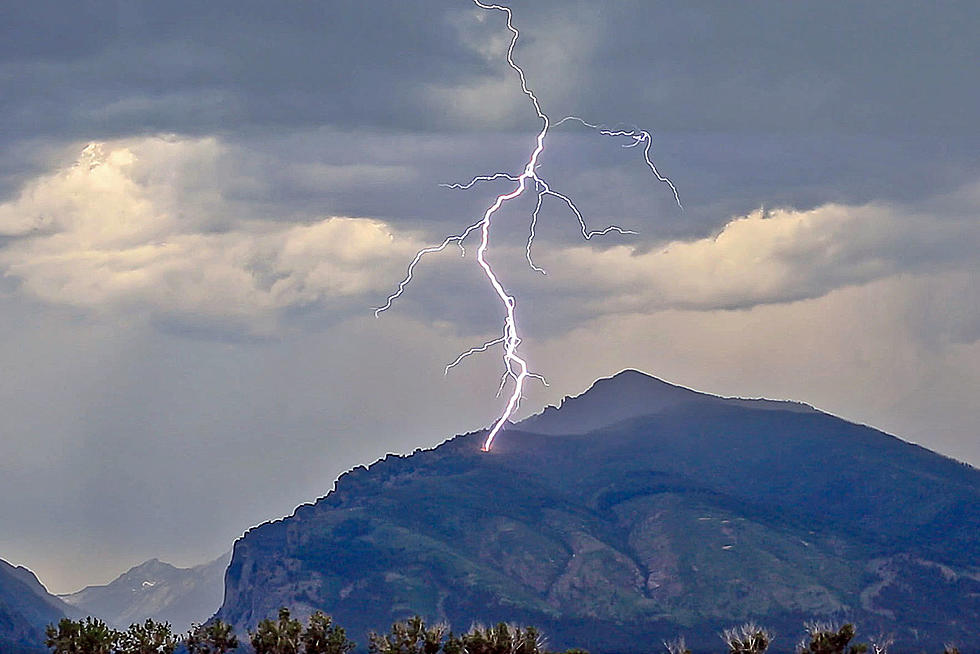
Lightning Storm Begins July in Bitterroot Valley
Thunderstorms rolled through western Montana Thursday afternoon and evening, with rain, thunder and, of course, lightning (photo above). Not all lightning strikes start fires, but smoke was spotted in at least three different locations late Thursday, according to the Ravalli County Sheriff's Office. Two were in the Sapphire Mountains on the east side of the valley in the Ambrose Creek and Soft Rock areas and a trail of smoke was noticed in the Sheafman Creek area of the Bitterroot Mountains on the west side. Crews were dispatched to each.
The Bitterroot National Forest will be monitoring the area for possible "hold-over" fire starts from the lightning that passed over the forest and over the Selway-Bitterroot Wilderness. Fire Management Officer Mark Wilson said that the forest mountaintop lookouts are staffed and the local "initial attack" resources are in place to respond to any reports of fire. Fire danger is "High" on the Bitterroot, with conditions edging toward "Very High."
He also mentioned that the rain from Thursday's storm was welcome, but that the forecast for hot, dry weather continues far into July and that means extra care with fire in the woods. If you do have a campfire, remember to never leave it unattended. Even if you leave your campsite for a short day hike, always make sure the fire is out and the ashes are cold to the touch. Already this year, abandoned campfires have been found burning outside the fire rings. Remember, if you cause a wildfire, you can be assessed costs of firefighting. That can be a lot of money.
And, again, fireworks are not allowed in Forest Service, BLM and other federal lands in the U.S. Leave the fireworks at home. After all, Mother Nature provides her own with the lightning.
LOOK: The most expensive weather and climate disasters in recent decades
More From KBUL NEWS TALK 970 AM & 103.3 FM


